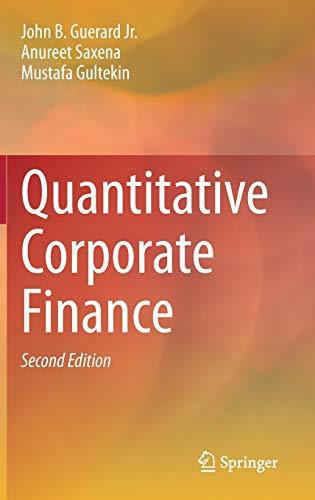Answered step by step
Verified Expert Solution
Question
1 Approved Answer
The following graph demonstrates the hypothetical payments at maturity on the notes for a sub - set of Lesser Performing Index Returns detailed in the
The following graph demonstrates the hypothetical payments at maturity on the notes for a subset of Lesser Performing Index Returns
detailed in the table above to There can be no assurance that the performance of the Lesser Performing Index will result
in the return of any of your principal amount.
How the Notes Work
Upside Scenario:
If the Final Value of each Index is greater than its Initial Value, investors will receive at maturity the $ principal amount plus a
return equal to the Lesser Performing Index Return times the Upside Leverage Factor of up to the Maximum Return of at least
Assuming a hypothetical Maximum Return of an investor will realize the maximum payment at maturity at a Final
Value of the Lesser Performing Index of or more of its Initial Value.
If the closing level of the Lesser Performing Index increases investors will receive at maturity a return, or $
per $ principal amount note.
Assuming a hypothetical Maximum Return of if the closing level of the Lesser Performing Index increases
investors will receive at maturity a return equal to the Maximum Return, or $ per $ principal amount note,
which is the maximum payment at maturity.
Par Scenario:
If the Final Value of either Index is equal to or less than its Initial Value but the Final Value of each Index is greater than or equal to its
Barrier Amount of of its Initial Value, investors will receive at maturity the principal amount of their notes.
Downside Scenario:
If the Final Value of either Index is less than its Barrier Amount of of its Initial Value, investors will lose of the principal
amount of their notes for every that the Final Value of the Lesser Performing Index is less than its Initial Value.
For example, if the closing level of the Lesser Performing Index declines investors will lose of their principal
amount and receive only $ per $ principal amount note at maturity.
The hypothetical returns and hypothetical payments on the notes shown above apply only if you hold the notes for their entire term.
These hypotheticals do not reflect the fees or expenses that would be associated with any sale in the secondary market. If these fees
and expenses were included, the hypothetical returns and hypothetical payments shown above would likely be lower.
Q Examine the payoff graph onabove and attached Can you replicate this payoff using an ETF that tracks the S&P and a mixture of optionsforwardshint: yes, with Barrier Options! Carefully explain how you will construct your portfolio. For simplicity assume that the S&P index is equal to

Step by Step Solution
There are 3 Steps involved in it
Step: 1

Get Instant Access to Expert-Tailored Solutions
See step-by-step solutions with expert insights and AI powered tools for academic success
Step: 2

Step: 3

Ace Your Homework with AI
Get the answers you need in no time with our AI-driven, step-by-step assistance
Get Started


